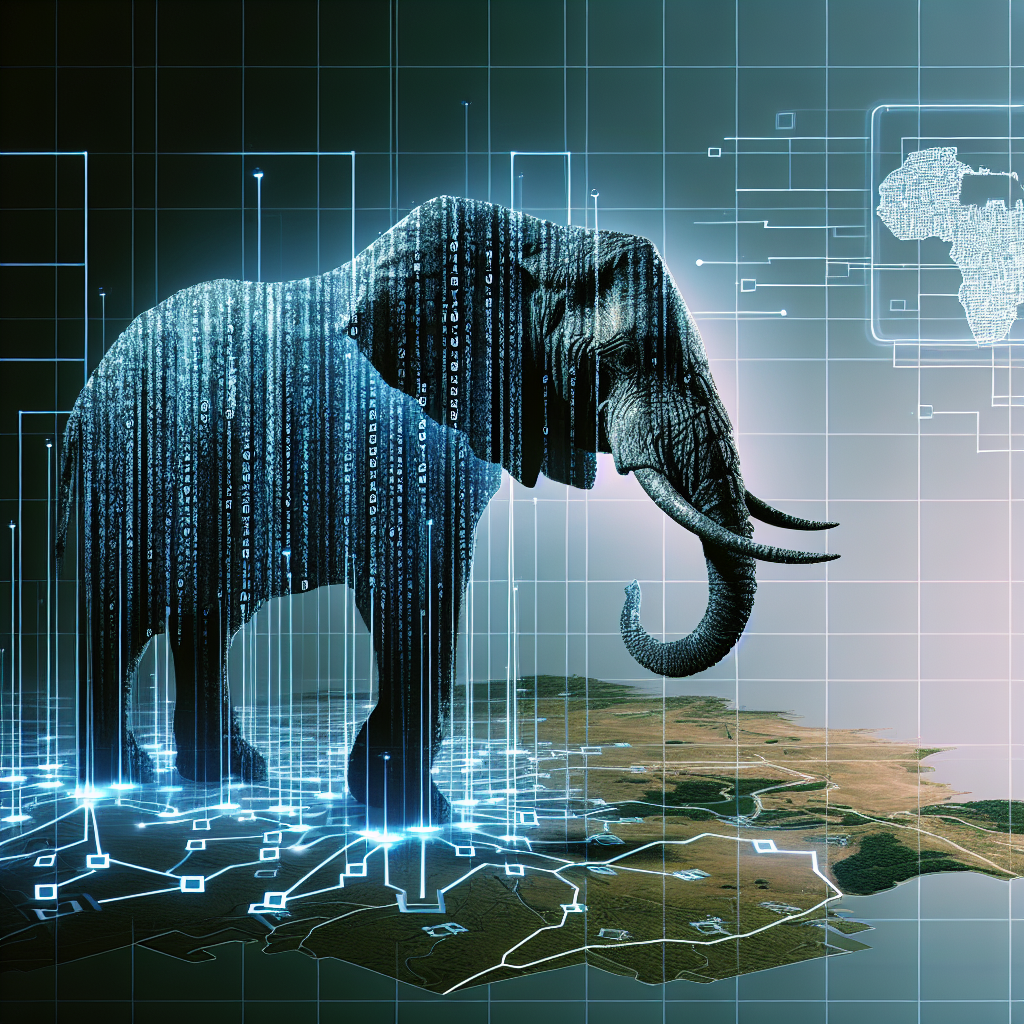The Applications of AI and Machine Learning in Wildlife Tracking
Introduction
Wildlife tracking has always been a crucial aspect of conservation efforts, helping researchers and conservationists to better understand animal behavior, migration patterns, and habitat use. Traditionally, wildlife tracking has relied on methods such as radio telemetry, GPS tracking, and camera traps. However, advances in artificial intelligence (AI) and machine learning have opened up new possibilities for tracking and monitoring wildlife in more sophisticated ways.
AI and machine learning algorithms can analyze vast amounts of data collected from various tracking devices and sensors, helping researchers to gain deeper insights into animal movements, behaviors, and interactions with their environment. In this article, we will explore the applications of AI and machine learning in wildlife tracking and how they are revolutionizing the field of conservation.
Applications of AI and Machine Learning in Wildlife Tracking
1. Data Analysis and Pattern Recognition
One of the key applications of AI and machine learning in wildlife tracking is data analysis and pattern recognition. With the help of AI algorithms, researchers can analyze large volumes of tracking data to identify patterns and trends in animal behavior. For example, machine learning algorithms can be used to predict the movement patterns of animals based on historical data, helping researchers to understand migration routes and habitat preferences.
2. Image Recognition and Species Identification
AI and machine learning algorithms can also be used to analyze images collected from camera traps and other monitoring devices to identify species and individual animals. Image recognition algorithms can be trained to recognize specific features of animals, allowing researchers to track population sizes, monitor endangered species, and detect poaching activities.
3. Predictive Modeling and Conservation Planning
Another important application of AI and machine learning in wildlife tracking is predictive modeling and conservation planning. By analyzing tracking data and environmental variables, researchers can develop predictive models to forecast the impact of environmental changes on wildlife populations. This information can be used to inform conservation strategies and management decisions.
4. Behavior Analysis and Social Interactions
AI and machine learning algorithms can also be used to analyze animal behavior and social interactions. By analyzing tracking data, researchers can identify social networks within animal populations, study mating behaviors, and understand the dynamics of predator-prey relationships. This information can help researchers to develop more effective conservation strategies and mitigate human-wildlife conflicts.
5. Real-time Monitoring and Alert Systems
AI and machine learning algorithms can enable real-time monitoring of wildlife populations, allowing researchers to track animals in near real-time and respond to emerging threats. For example, AI-powered alert systems can notify researchers of unusual behavior patterns or potential threats to wildlife populations, enabling quick intervention and conservation action.
FAQs
Q: How do AI and machine learning algorithms improve wildlife tracking?
A: AI and machine learning algorithms can analyze large volumes of tracking data, identify patterns and trends in animal behavior, and predict movement patterns based on historical data. This helps researchers to gain deeper insights into animal behavior, migration patterns, and habitat use.
Q: What are some of the challenges of using AI in wildlife tracking?
A: Some of the challenges of using AI in wildlife tracking include the need for large amounts of high-quality data, the complexity of developing and training AI algorithms, and the ethical considerations of using AI to monitor wildlife populations.
Q: How can AI and machine learning help in conservation efforts?
A: AI and machine learning can help in conservation efforts by providing researchers with valuable insights into animal behavior, population dynamics, and habitat use. This information can be used to develop more effective conservation strategies and management plans to protect wildlife populations.
Q: What are some examples of AI-powered wildlife tracking technologies?
A: Some examples of AI-powered wildlife tracking technologies include camera traps equipped with image recognition algorithms, GPS tracking devices with predictive modeling capabilities, and real-time monitoring systems that use AI algorithms to analyze tracking data and alert researchers to potential threats.
Conclusion
AI and machine learning have the potential to revolutionize wildlife tracking and monitoring, providing researchers and conservationists with powerful tools to better understand animal behavior, migration patterns, and habitat use. By analyzing large volumes of tracking data, identifying patterns and trends, and developing predictive models, AI algorithms can help researchers to gain deeper insights into wildlife populations and develop more effective conservation strategies. As technology continues to advance, the applications of AI and machine learning in wildlife tracking will only continue to grow, offering new opportunities for conservation efforts around the world.

